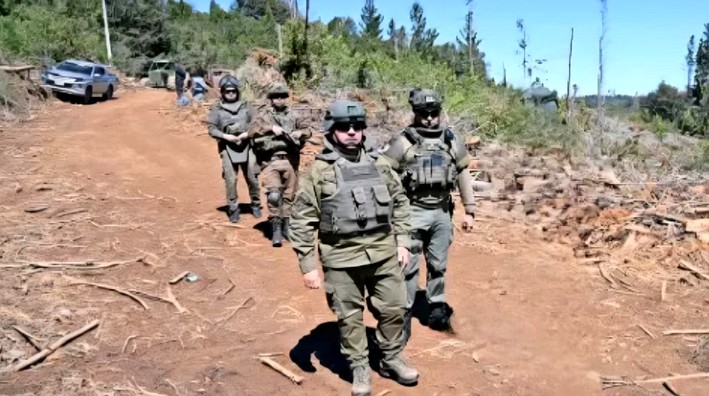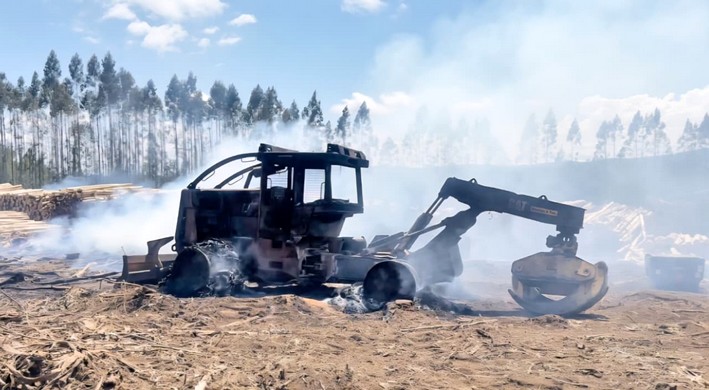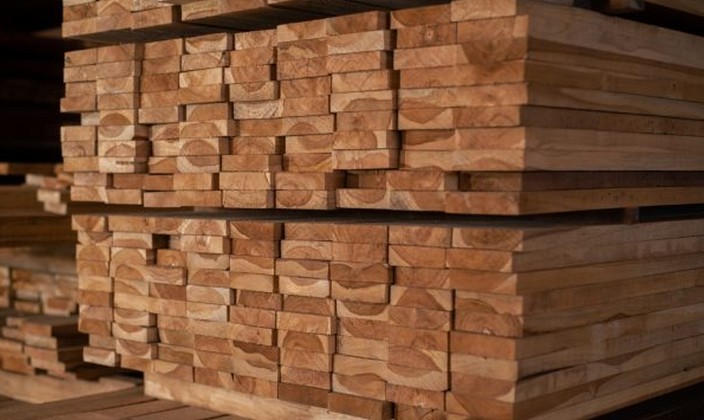Can the forestry industry withstand this level of wildfires?
Rotation is a basic forestry concept because the maturity cycle of a eucalyptus forest is approximately 15 years, and for pine, it's 22 to 25 years. In other words, all those years are needed for the product to be ready for harvest. We have chosen a 20-year rotation period to represent the spectrum of the three species we have in Chile for the following analysis.
Over the last twenty years, 2,434,596 hectares have burned, of which 833,997 hectares were plantations and 1,111,006 hectares were native forests, in addition to other land uses. This corresponds to 39% of the existing plantations as of December 2020, considering the two mega-fires of 2017 and 2023.
If two more mega-fires occur in the next 10 years, the figures for burned plantations over the last 20 years would rise to 1,240,280 hectares after their occurrence. This means 58% of the plantations existing by the end of 2020 would have burned within a 20-year rotation.
This is attributable to mega-fires that exacerbate the numbers. Indeed, annual plantation fires over the last 20 years averaged 19,129 hectares/year versus 41,700 hectares/year when including the two mega-fires of 2017 and 2023. If a 3rd and 4th mega-fire were to occur, this figure would rise to 62,200 hectares/year, and in some years, it would reach 58% of the plantations existing as of December 31, 2020.
Can an owner, investment fund, medium, or large company survive when 39% of their plantations burn within a rotation period—or 58% if two new mega-fires occur? Common sense, and even not-so-common sense, says no.
We analyze what measures must be taken to avoid a third or fourth mega-fire, reduce intentional fires, and deepen the work of forestry companies.
The only effective measure taken in the past to curb the daily number of fires is the state of emergency. By the second day of this declaration, all fires were under attack, and uncontrolled fires began to decrease, eventually being quickly contained after enormous but productive efforts.
In the 2023 mega-fire, 68% of the total affected area had burned by the third day. This occurred in areas where intentionality exceeded 50%, including zones where firefighting crews could not reach the fire without police assistance due to safety concerns, as they had been attacked with firearms, as had helicopters. By the third day of the 2017 mega-fire, which had an intentionality rate below 15%, only 4% of the area had burned, as shown in the graph. By the seventh day after the state of emergency was declared in 2023, 88% of the plantations had already burned.
Is it now reasonable to expect authorities to act faster than in 7 days—including a weekend—when action was needed before the third day? I don’t think so; it’s unrealistic to demand that from the State. So, what do we do? It seems the only option is to anticipate their occurrence. Is this possible?
We believe the solution is to anticipate events and act preventively, and we are convinced the State has the means to do so.
To this end, we have contacted the government and proposed analyzing measures to prevent a third mega-fire, reduce intentionality, and improve cooperation with forestry companies.
The government's response to our initial analysis and the measures we believe are necessary has been positive. The authorities are also aware of the measures they deem essential. We will meet during August to discuss each party's perspectives and, more importantly, agree on the measures to implement.

















